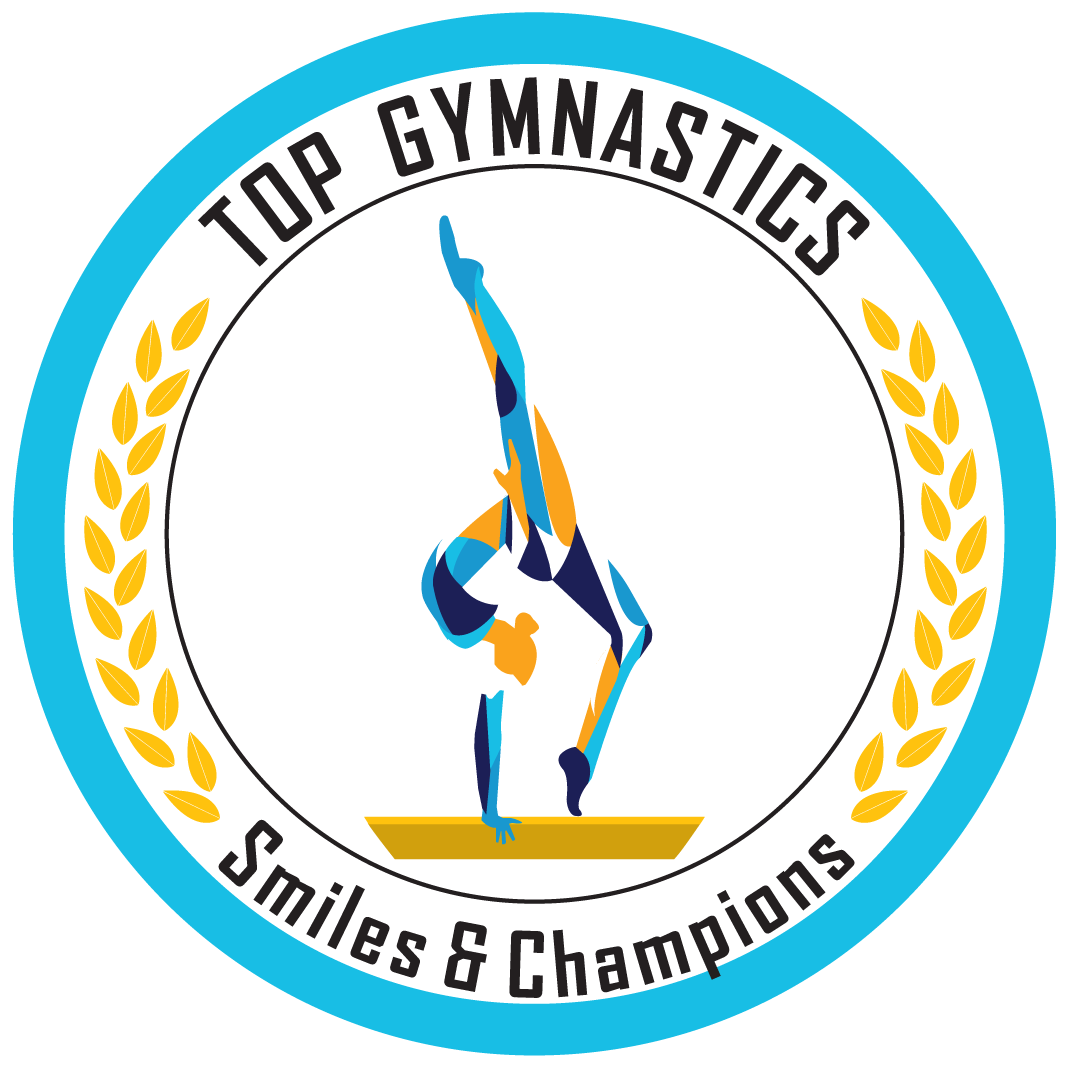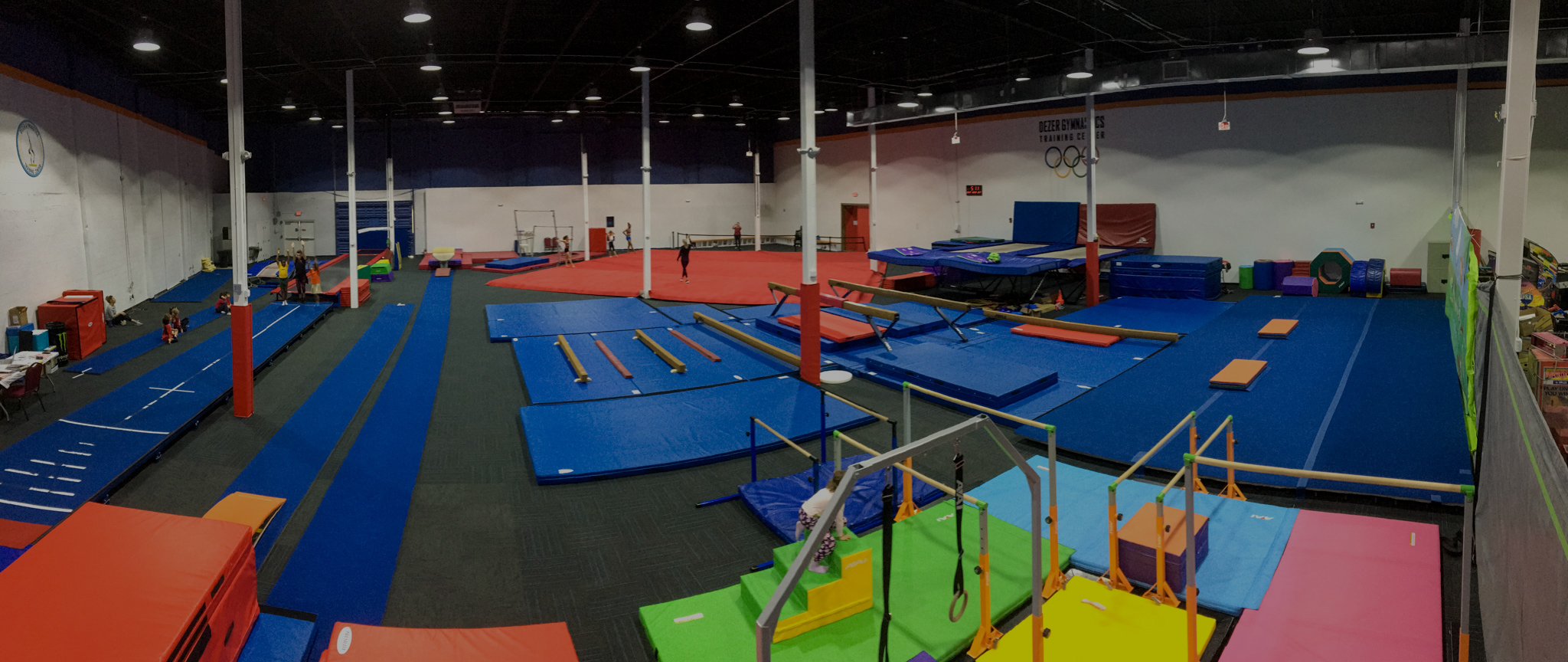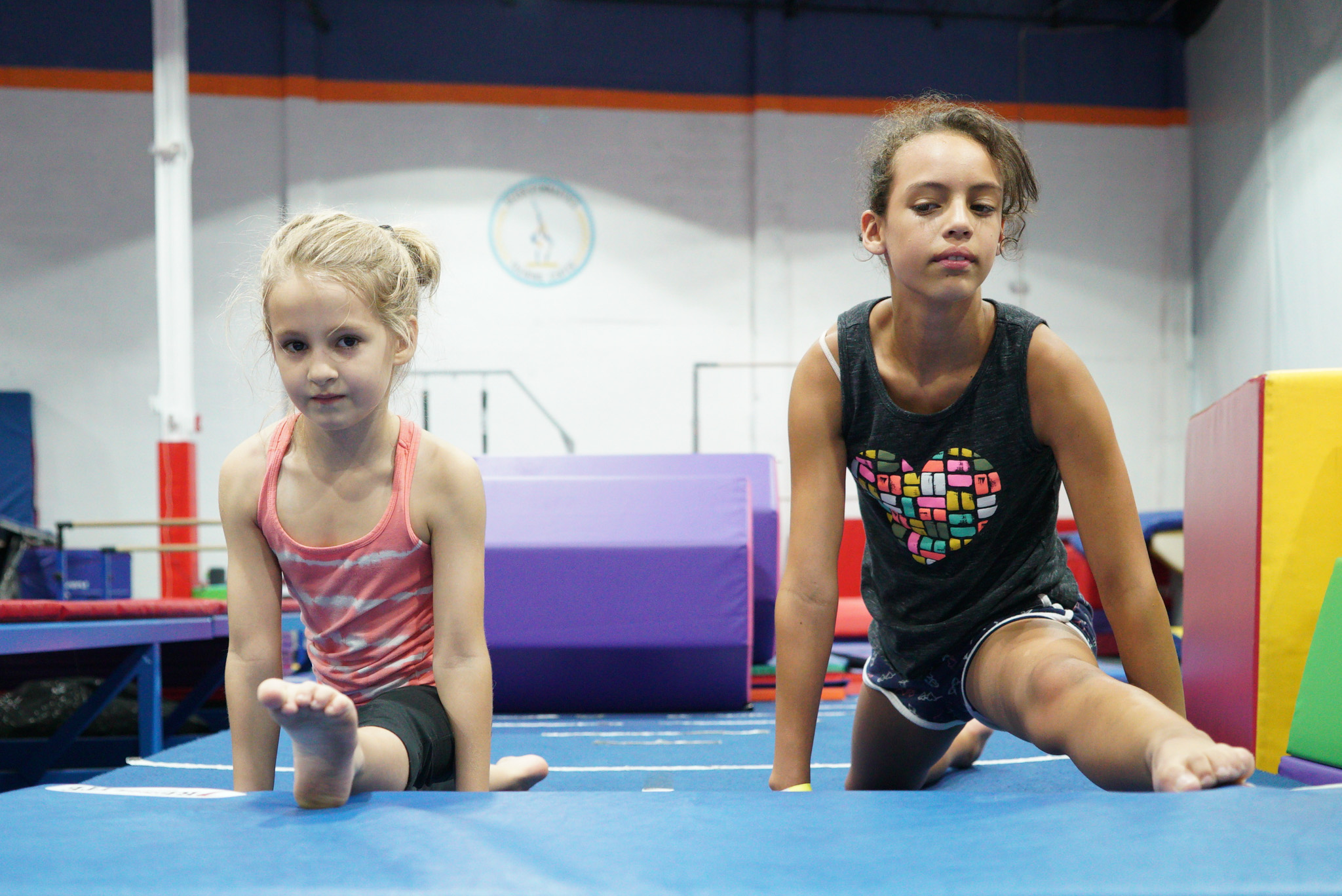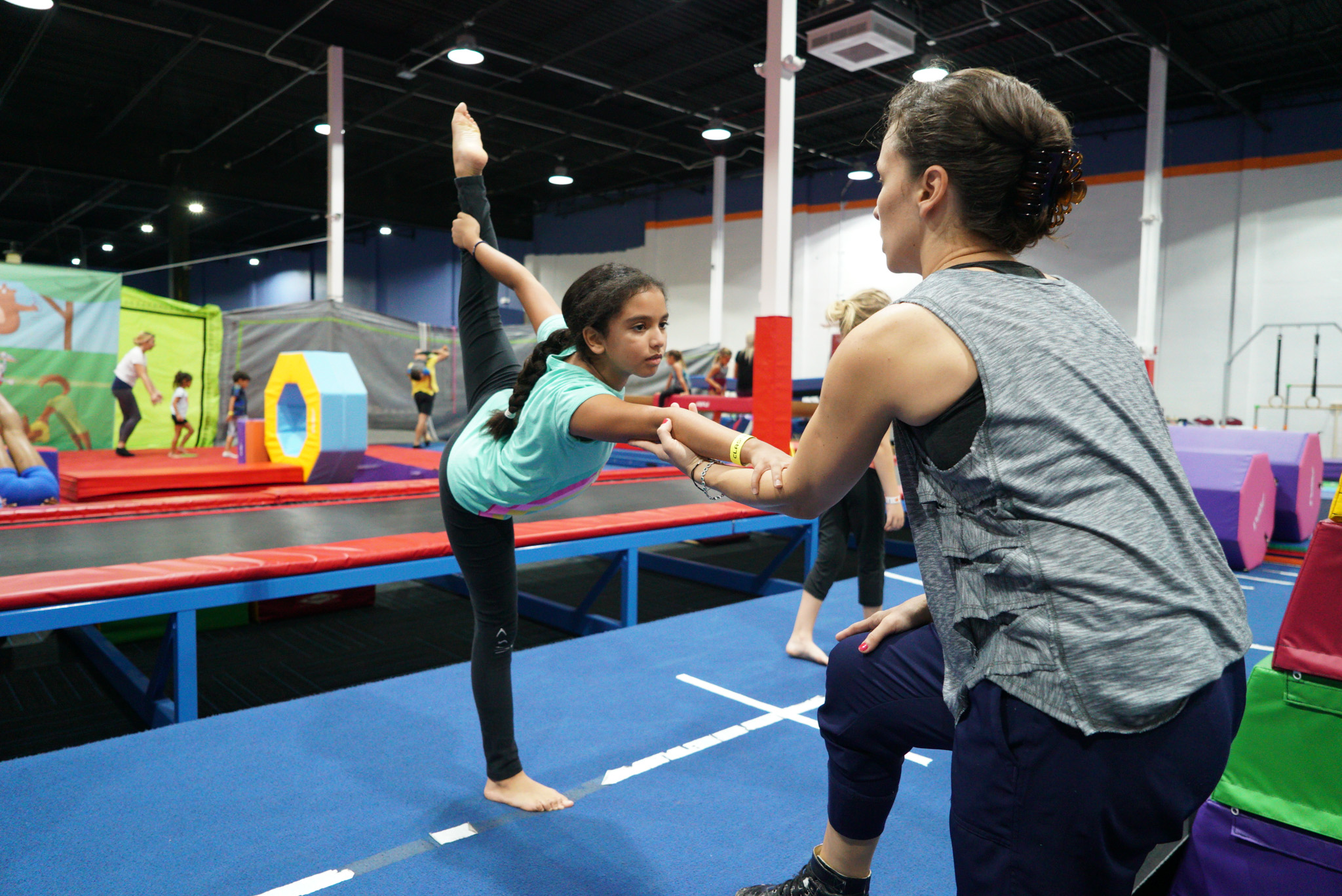Acrobatic Gymnastics is an ancient activity that emphasizes the combined beauty of dance and acrobatics.
Gymnastics skills add excitement to the exercises. Acrobatic balances show grace, strength and flexibility. Choreography and synchronization add flare and creativity to each exercise.
Acrobatic Gymnastics favors body control in various positions, both on the ground and in the air. For this reason, the sport is included in the training program of pilots, cosmonauts and parachutists.
Acrobatic Gymnastics is fun for athletes of any age and athletic ability. This sport is a partner sport requiring athletes of all ages, shapes, and sizes.
Acrobatics is practiced and competed as Men’s Pairs, Women’s Pairs, Mixed Pairs, Women’s Groups (3) or Men’s Groups (4). Athletes progress through recreational levels (1-3) to compulsory Ievels (4-7), then to optional levels (8-elite).
Pairs are made up of a base and a top. Women’s groups are comprised of a base, a middle, and a top partner and men’s groups have a base two middle and one top partner. Bases are generally older athletes that display strength and balance. Tops are generally younger athletes and display flexibility and agility. Middles are often required to show a combination of all attributes.
Acrobatic Gymnastics draws its basic elements that shape the sport’s physical expression from the same source as other gymnastics disciplines. Choreography, agility, balance, strength, grace and the use of apparatus create the difference between one gymnastics discipline and another.



